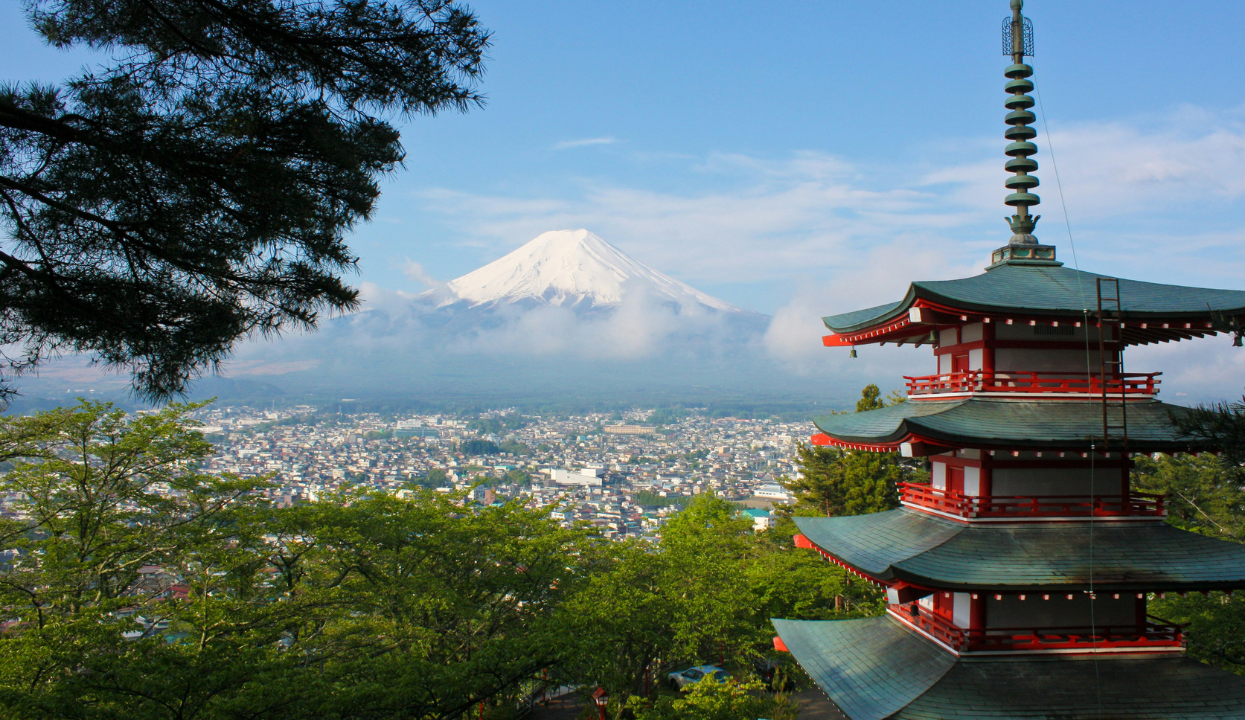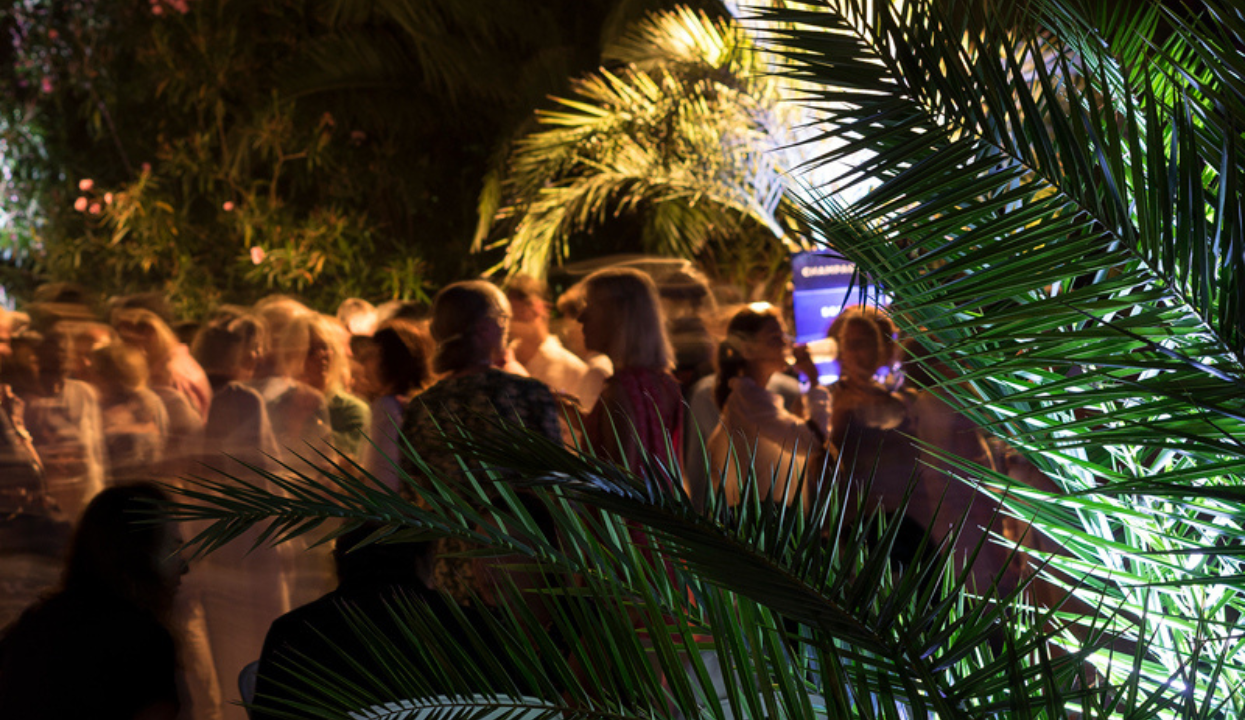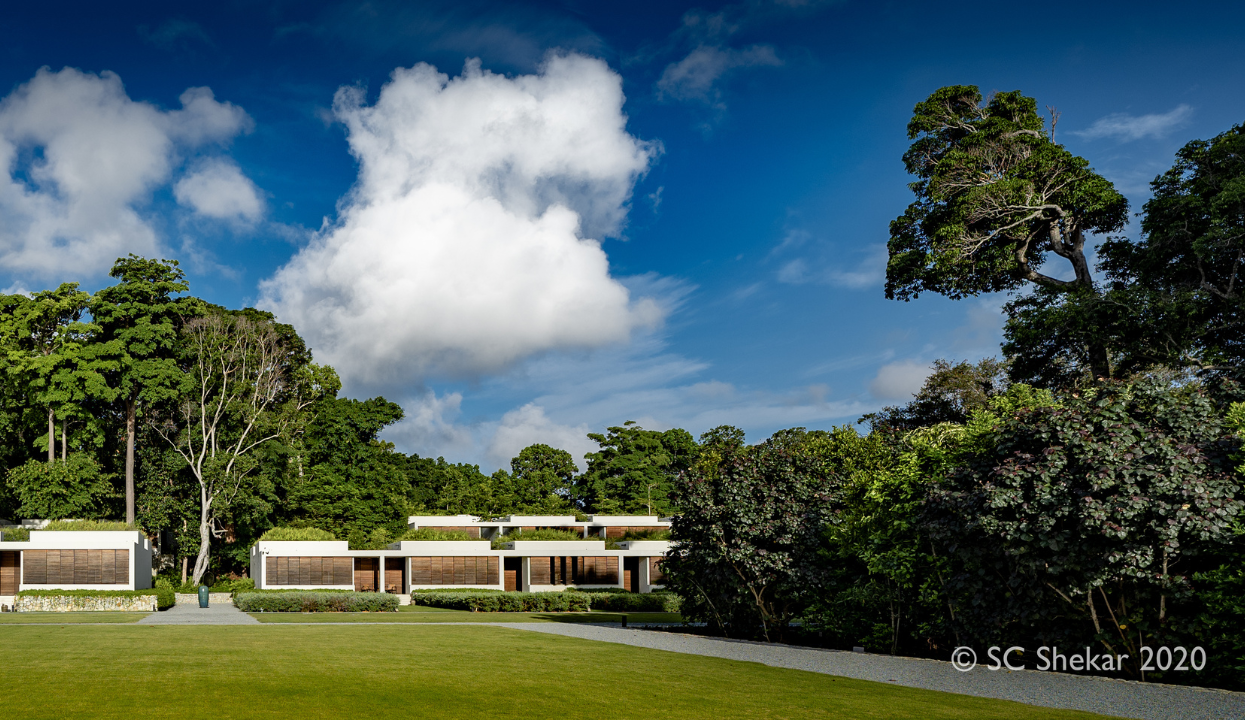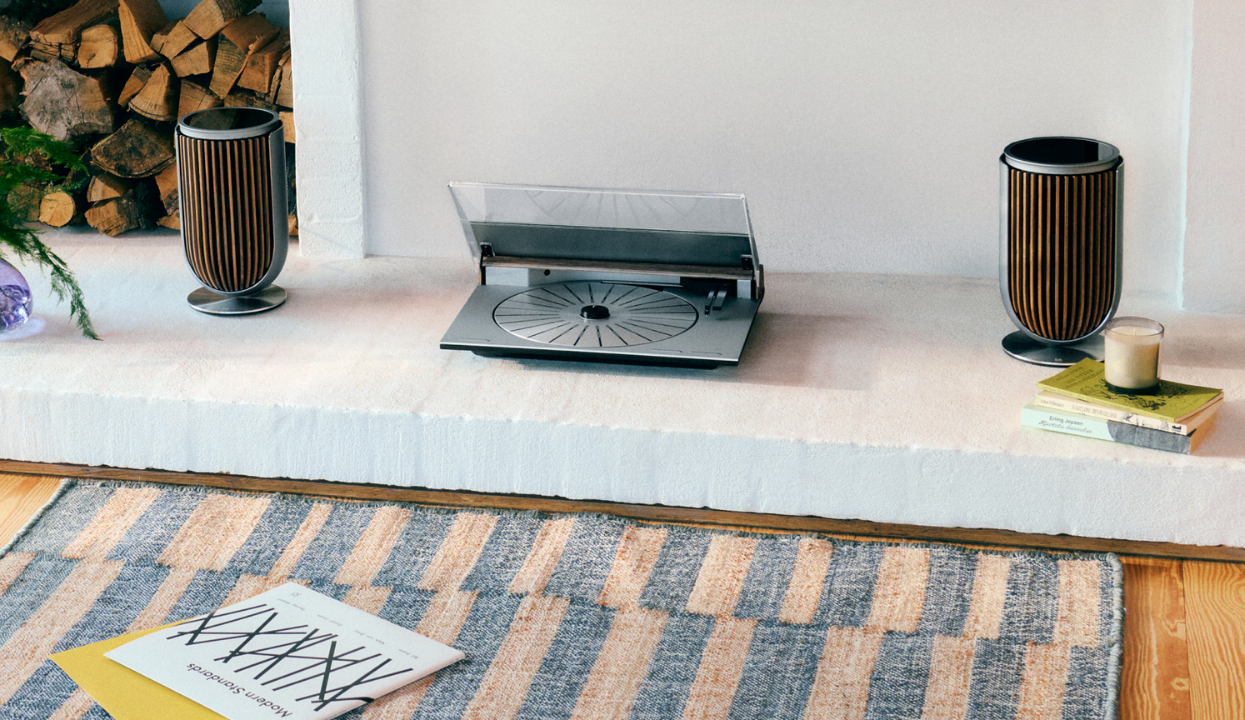Get ready for an epic adventure because summer in Japan is an exhilarating blend of ancient traditions, breathtaking natural wonders and cutting-edge urban excitement! While the Japan summer months, particularly July and August, are known for their hot and humid days, don’t let the Japan summer temperature deter you. With this in-depth guide, you’ll discover how to embrace the warmth and dive into the vibrant experiences that make the summer season in Japan truly unforgettable.
Beating the Heat: Where to Find Your Cool Oasis
When the Japan summer temperature climbs, seeking refreshing escapes becomes part of the adventure.
Beach Bliss in Okinawa

For those craving sun-drenched shores and crystalline waters, the Okinawa Islands are the ultimate Japan summer dream. As early as May, the inviting waters warm up, making it perfect for swimming, snorkelling, kayaking and exhilarating outdoor activities. Picture yourself diving into coral reefs teeming with colourful marine life, paddleboarding across calm lagoons or simply unwinding on pristine white sands.
Mountain Retreats for Crisp Air and Stunning Views

If you prefer a cooler climate and lush greenery, Japan’s majestic mountains offer a refreshing escape. Cities nestled at higher elevations, like Karuizawa in Nagano Prefecture or Hakone in Kanagawa Prefecture, provide charming, rustic accommodations. These areas boast significantly lower temperatures and offer a plethora of outdoor activities to beat the summer heat. Think leisurely strolls through forests, exploring picturesque waterfalls like Shiraito Falls or simply enjoying the fresh mountain air. Many of these regions also have inviting rivers and lakes for activities like rafting or simply dipping your toes.
Embracing Aquatic Adventures

Beyond the beaches, Japan’s numerous lakes and rivers become playgrounds during the summer season in Japan. Consider exploring Lake Kawaguchiko, one of the Fuji Five Lakes, where you can rent paddle boats or enjoy panoramic views of Mount Fuji. For the more adventurous, river rafting in areas like Minakami in Gunma Prefecture offers an adrenaline-pumping way to cool down.
Festivals and Fireworks Galore!
Two quintessential summer in Japan experiences that are absolutely unmissable are the lively Japanese matsuri (festivals) and the breathtaking hanabi taikai (fireworks displays). These events are the heart and soul of summer, offering a deep dive into Japanese traditions.
Gion Matsuri in Kyoto

If you’re fortunate enough to be in Kyoto in July, you’re in for a spectacular treat. The Gion Masturi is one of Japan’s most grand and storied traditions, with festivities unfolding throughout the entire month. The main event on July 17th is the Yamaboko Junko, a magnificent parade featuring towering wooden floats, some weighing up to twelve tons and reaching heights of twenty-five metres, pulled through the streets of central Kyoto by teams of locals. The sheer scale and intricate craftsmanship of these “moving museums” are astounding. Even if you can’t make it on the 17th, a similar, albeit smaller, procession takes place on the 24th (the Ato Matsuri Junko). From the 10th to the 14th and the 18th to the 21st, you can witness skilled artisans assembling these colossal floats without using a single nail – a fascinating sight. The evenings leading up to both parades, known as Yoiyama, see the streets transform into lively pedestrian zones filled with food and drink vendors, creating an electric atmosphere where locals often don beautiful yukata (summer kimonos).
Yosakoi Soran Festival in Hokkaido

Image Credit: Japanese Traditional Festival Calendar
For a burst of modern energy blended with traditional roots, head to Sapporo in Hokkaido for the Yosakoi Soran Festival (typically early June). This electrifying event combines the traditional Yosakoi dance style with the energetic Soran Bushi, Hokkaido folk song. Teams of performers in dazzling, colourful costumes parade through the streets, showcasing dynamic choreography to both modern and traditional music. It’s a testament to teamwork and creativity, creating an incredibly lively and joyful atmosphere. Hokkaido, being Japan’s northernmost island, also offers a slightly cooler respite from the southern heat during summer in Japan.
Beyond the Big Names: Smaller, Authentic Festivals
Don’t limit yourself to the most famous festivals! Many smaller, local matsuri are held throughout the summer season in Japan, offering a more intimate glimpse into regional customs. Look for events like the Tanabata (Star Festival) celebrations in early July or early August, where people write wishes on colourful strips of paper and hang them on bamboo branches. The Aomori Nebuta Matsuri in early August, famous for its enormous illuminated floats and the Tenjin Matsuri in Osaka, a grand river procession with spectacular fireworks in late July, are also highly recommended.
Hanabi Taikai

Image Credit: Tokyo Weekender
The hanabi taikai, or fireworks displays, are a beloved Japanese tradition dating back hundreds of years, offering a magical way to enjoy the summer evenings. These aren’t just any fireworks; they are meticulously crafted pyrotechnic masterpieces, often designed to tell a story or evoke specific imagery. Find a good viewing spot along the riverbank or in a park, grab some delicious festival snacks and prepare to be mesmerised by the sheer artistry and scale of these displays. The Sumida River Fireworks Festival in Tokyo and the Nagaoka Fireworks Festival in Niigata are particularly popular.
Exploring the Diverse Landscapes of Summer in Japan
Beyond the vibrant festivals, Japan’s diverse geography offers an incredible range of places to explore during the summer season in Japan.
Hokkaido’s Sea of Flowers

Image Credit: Live Japan
While often associated with its magnificent winter snowscapes, Hokkaido truly blossoms during the Japan summer months. In June, the weather is wonderfully mild and the landscape transforms into a breathtaking “sea of flowers.” The lavender fields in the Furano and Biei areas are a highlight, with their mesmerising purple hues stretching across rolling hills – a truly Instagram-worthy sight. You’ll also discover vibrant fields of tulips, poppies and other blooms, perfect for leisurely strolls and photography. Beyond flowers, Hokkaido boasts beautiful lakes like Lake Toya and other pristine nature spots, offering opportunities for hiking, cycling and simply enjoying the fresh air.
Kyoto’s Timeless Charm

Kyoto City, a picturesque city easily accessible from Osaka, remains a captivating destination in any season. While the Gion Matsuri is a major draw, you can still find tranquillity even amidst the summer crowds. Consider a bike tour through the historic backstreets to discover hidden teahouses, serene shrines and meticulously raked Zen gardens. Wander through the iconic, seemingly endless red torii gates of Fushimi Inari shrine in the cooler mornings. Participate in a traditional matcha tea ceremony, learning about the intricacies of this ancient art. Explore the magical bamboo groves of Arashiyama early in the day to avoid the peak crowds. For a unique culinary experience, look for kawadoko restaurants in Kyoto’s Kibune or Takao areas, where you dine on platforms built directly over flowing rivers, enjoying a refreshing breeze and the soothing sound of water.
Mount Fuji

No visit to Japan, regardless of the season, feels complete without acknowledging the majestic presence of Mount Fuji. While often pictured with a snow-capped peak, Mountain Fuji’s official climbing season is precisely during summer in Japan, from early July to early September.
For the Adventurous Souls
If you’re an avid hiker, the ascent of Mount Fuji is a truly challenging but rewarding experience. The most popular route is the Yoshida trail starting from the Subaru Fifth Station. While it doesn’t require advanced mountaineering skills, it is strenuous and the air becomes noticeably thin at high elections. Many climbers choose to split the summit over two days, staying in a mountain hut to rest and acclimate before attempting the pre-dawn push to the summit to witness a breathtaking sunrise. Preparation is key, including an application form and proving you have the proper equipment. Even during the summer in Japan, the peak can be surprisingly cold and windy, so layers are essential.
For the View-Seekers
If scaling the mountain isn’t on your agenda, you can still experience the grandeur of Mount Fuji from the accessible Fifth Stations. These offer commanding views of the Fuji Five Lakes area and surrounding landscapes, providing fantastic photo opportunities. At the Fifth Station, you can also stop by the Komitake Shrine, browse for unique souvenirs or send a postcard home with a special Mount Fuji postmark. The Ochudo Trail, which circles the mountain at a lower elevation rather than ascending, is also a great option for day-trippers.
The Moss Temple of Saihō-ji, Kyoto

Image Credit: Cool Japan Videos
For a truly serene and otherworldly experience, visit Saihō-ji Temple, affectionately known as “Moss Temple,” in Kyoto. This UNESCO World Heritage site is famous for its approximately 9,000 square metres of gardens, home to over 120 varieties of moss from around the world. Every surface within the temple grounds is covered with a dreamy green carpet, creating an intensely peaceful and healing atmosphere. The moss is at its most luxuriant during the rainy season in June, glistening with dew and exuding a vibrant, almost ethereal glow. Due to its popularity and efforts to preserve the delicate moss, advance reservations are typically required, adding to its exclusive charm.
Delving Deeper: More Fun Activities and Culinary Delights
Beyond the major attractions, summer in Japan offers a wealth of additional experiences.
Outdoor Music Festivals

Image Credit: Time Out
If you’re a music lover, July and August are prime months for outdoor music festivals. The Fuji Rock Festival (Niigata, late July) and Summer Sonic (Tokyo and Osaka, mid-August) draw international and local artists, offering a different kind of vibrant summer energy.
Firefly Watching (Hotaru Gari)

Image Credit: Japan
In early summer (typically June and early July), many rural areas and even some city parks host hotaru gari (firefly watching) events. These magical evenings, where thousands of tiny lights dance through the air, offer a truly enchanting natural spectacle.
Cooling Down with Summer Cuisine
Japanese cuisine adapts wonderfully to the heat.
Kakigōri

This isn’t your average shaved ice! Japanese kakigōri is a fluffy, delicate shaved ice dessert topped with a variety of vibrant fruit syrups, condensed milk, matcha or even sweet red bean paste (azuki). It’s the ultimate refreshing treat on a hot day. Look for the kanji character for ice (氷) on shop signs.
Nagashi Sōmen

Image Credit: Japan
For a fun and interactive dining experience, try nagashi sōmen. Thin sōmen noodles are sent flowing down long bamboo flumes filled with icy water and diners use their chopsticks to catch them before dipping them in a light tsuyu (soy-based sauce). It’s a playful way to enjoy a cool meal.
Hiyashi Chūka

Image Credit: The Spruce Eats
A popular chilled ramen dish, hiyahsi chūka features springy noodles topped with colourful ingredients like shredded ham, cucumber, egg and a tangy soy-vinegar dressing.
Unagi

While not cold, unagi (grilled eel) is a traditional summer food believed to provide stamina and energy to combat the heat. It’s often served over rice (unadon or unajuu) with a savoury-sweet glaze.
Mizu Yokan and Warabi Mochi
For lighter, refreshing desserts, try mizu yokan (a chilled, jiggly red bean jelly with high water content) or warabi mochi (a translucent, jelly-like confection made from bracken starch, often dusted with roasted soybean flour and drizzled with brown sugar syrup).
Staying Comfortable in the Japan Summer Climate
The summer season in Japan typically kicks off with the rainy season (tsuyu) in June. While this period can be damp, it also brings lush greenery and a refreshing break from the intensifying heat. After the tsuyu ends, usually in mid-July, the Japan summer temperature rises rapidly, with cities like Tokyo often reaching highs of 28ºC and considerable humidity.
Dress Smart
Opt for lightweight, breathable fabrics like cotton or linen. Short-sleeved or sleeveless tops are ideal. A thin, long-sleeved shirt or a light jacket can be useful for sun protection and for cooler evenings or air-conditioned indoor spaces. A wide-brimmed hat is also highly recommended to shield your face from the sun.
Hydration is Key
The high humidity means you’ll sweat more, making hydration crucial to prevent heatstroke. Always carry a reusable water bottle. Japan has an excellent network of convenience stores and vending machines.
Embrace the Convenience Stores

Beyond umbrellas (which you can easily buy at any convenience store on almost every corner!), these ubiquitous shops are lifesavers. They offer a vast array of cold drinks, refreshing snacks and even cooling wipes or sprays.
Whether you’re exploring the futuristic districts of Tokyo, with its bustling Shibuya Crossing and quirky themed cafes (ever tried a robot show or cosplay go-karting?), or immersing yourself in the ancient beauty of Kyoto’s temples and bamboo groves, summer in Japan promises a truly unique and memorable adventure filled with discovery, delicious food and vibrant cultural experiences.
























